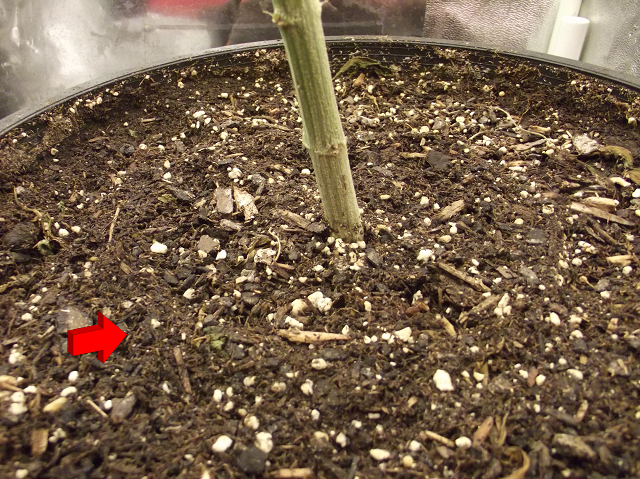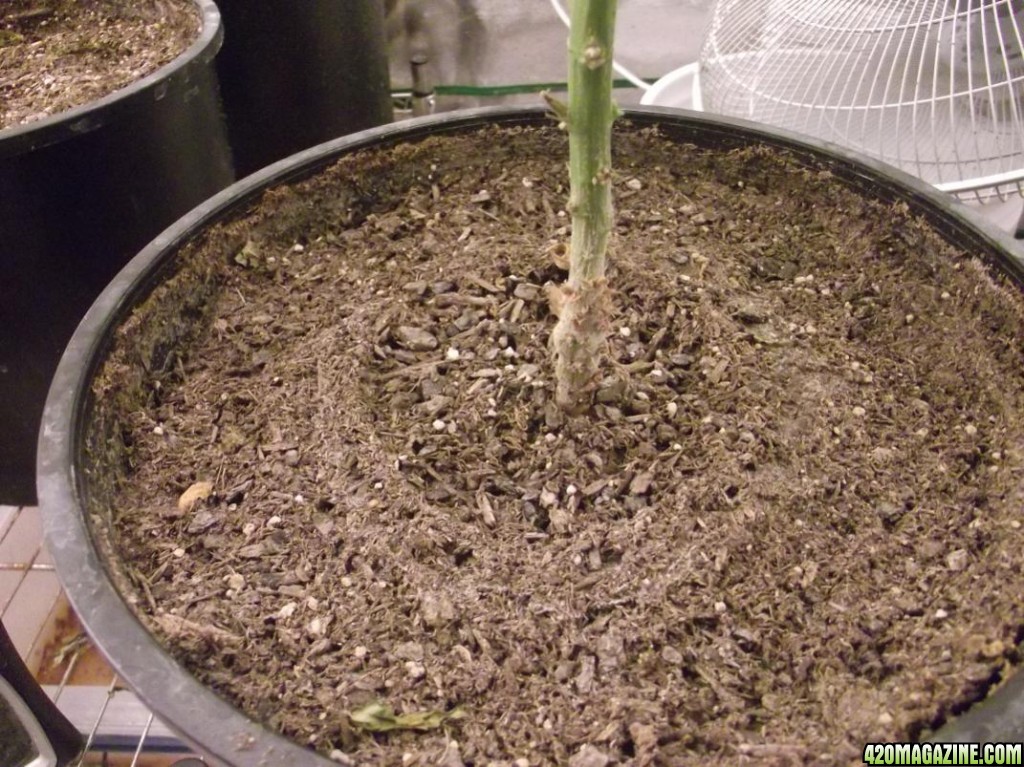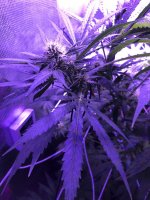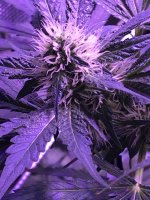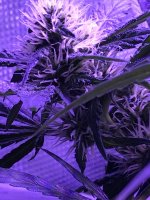- Thread starter
- #461
Emilya Green
Well-Known Member
Thank you, but please help us out Elmer... This tutorial has been here for years, and the 76,000+ readers and many endorsers of this thread need to know what basics I didn't touch on and what things I missed... It appears that it is on you to inform us since I obviously have missed whatever it is. Please, elucidate... we need to know.A few missed things. Or basrs you didnt touch on. But nice right up nonetheless






